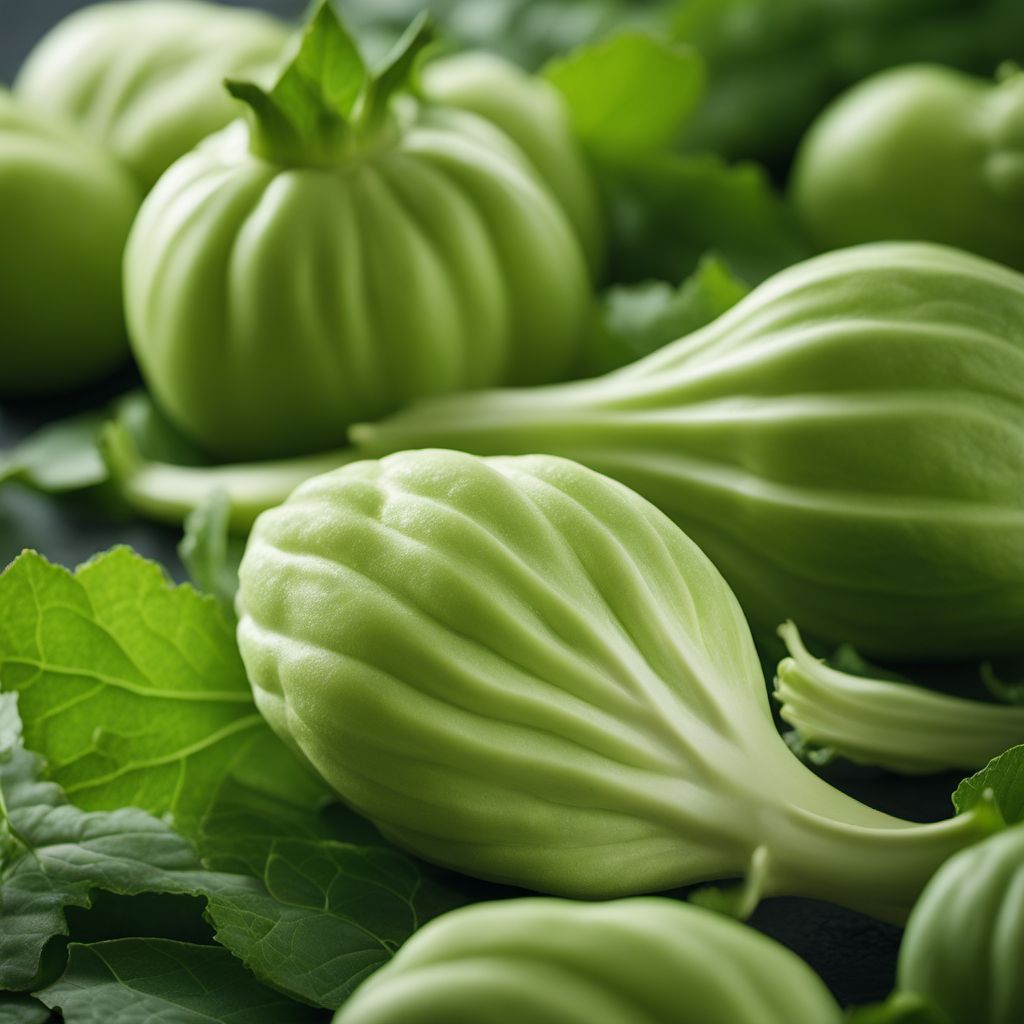
Ingredient
Chayote leaves
Versatile Green Delight: Chayote Leaves
Chayote leaves are dark green, heart-shaped leaves that belong to the chayote plant. They have a tender texture and a mild, slightly earthy flavor. When cooked, they become soft and develop a pleasant, spinach-like taste. Chayote leaves are commonly used in soups, stews, stir-fries, and salads, adding a vibrant green color and a subtle, refreshing flavor to the dishes.
Origins and history
Chayote leaves have been used in traditional cooking for centuries, particularly in Latin American, Caribbean, and Asian cuisines. They are native to Mesoamerica and have been cultivated for their edible fruits and leaves. Chayote leaves are highly valued for their nutritional content, including vitamins A, C, and K, as well as dietary fiber. They are often incorporated into traditional dishes as a nutritious and flavorful ingredient.
Nutritional information
Chayote leaves are low in calories and rich in vitamins and minerals. They are a good source of vitamin C, providing antioxidants that support immune health. Additionally, they contain dietary fiber, which aids in digestion and promotes a healthy gut.
Allergens
No known allergens associated with chayote leaves.
How to select
When selecting chayote leaves, look for fresh, vibrant green leaves that are free from wilting or yellowing. Avoid leaves that have brown spots or signs of damage. The leaves should feel tender and crisp to the touch. If purchasing from a farmers market, choose organic or locally grown leaves for the best quality and flavor.
Storage recommendations
To maintain the freshness of chayote leaves, store them in a plastic bag or airtight container in the refrigerator. They can be kept fresh for up to a week. Before using, rinse the leaves thoroughly under cold water to remove any dirt or debris.
How to produce
Chayote leaves can be easily grown in a home garden or container. Plant chayote seeds or seedlings in well-draining soil and provide adequate sunlight and water. With proper care, the plant will produce an abundance of leaves that can be harvested for culinary use.
Preparation tips
Chayote leaves can be used in a variety of dishes and cuisines. They are commonly added to soups, stews, and stir-fries, where they impart a vibrant green color and a delicate flavor. Chayote leaves can also be used raw in salads, providing a refreshing and nutritious addition. Additionally, they can be blanched and used as a wrapper for fillings or incorporated into omelets and frittatas.
Substitutions
Spinach leaves, kale leaves
Culinary uses
Chayote leaves are commonly used in Latin American, Caribbean, and Asian cuisines. They are often added to dishes like caldo verde, sinigang, and stir-fried vegetables. Chayote leaves can also be used as a garnish or a filling for tamales and empanadas.
Availability
Commonly available in regions where chayote plants are cultivated, including Mesoamerica, the Caribbean, Southeast Asia, and parts of Africa.
More ingredients from this category » Browse all
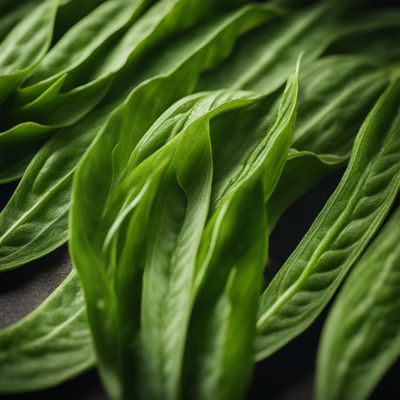
Plantain leaves
Versatile Wrapping Material

Marsh marigold leaves
The Golden Herb

Sowthistle leaves
Vibrant Greens Packed with Nutrients

Blackjack leaves
The Versatile Blackjack
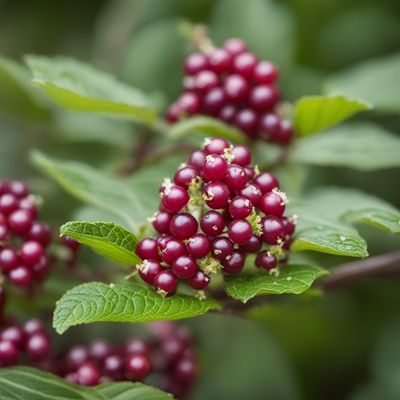
Pokeweed
The Wild Wonder: Pokeweed
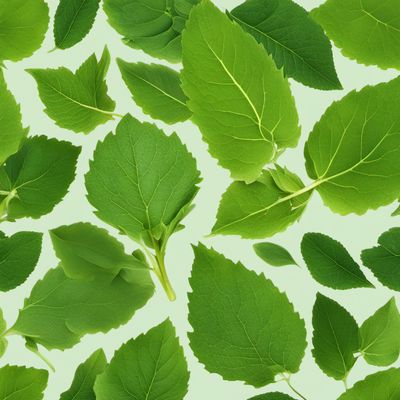
Balsam pear leaves
The Healing Power of Balsam Pear Leaves
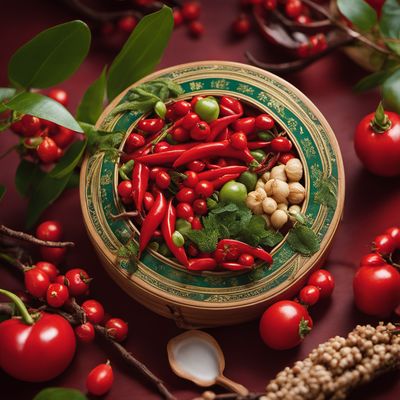
Box thorn
Nature's Tang
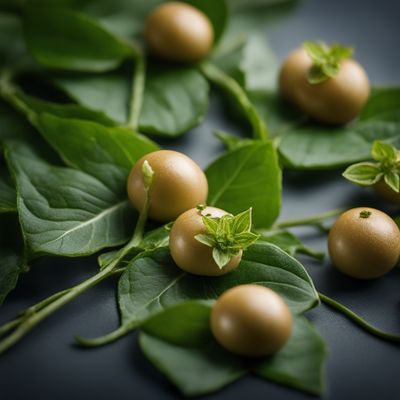
Blumea leaves
The Aromatic Herb: Blumea Leaves

Nightshade, black
The Dark Delight: Unveiling the Secrets of Black Nightshade
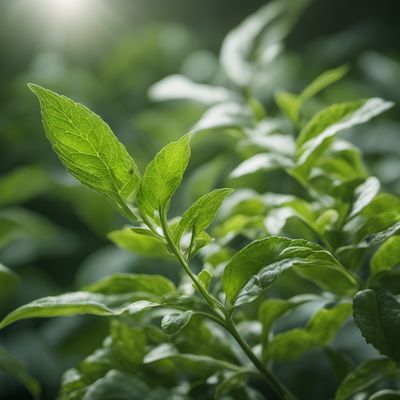
Pepper leaves
The Leafy Delight: Unveiling the Hidden Potential of Pepper Leaves

Jew's mallow leaves
The Nutritional Powerhouse: Jew's Mallow Leaves
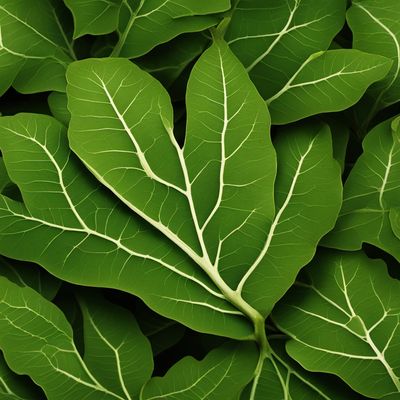
Baobab leaves
The Nutritional Powerhouse: Baobab Leaves Unveiled
Recipes using Chayote leaves » Browse all

Ofe Onugbu - Nigerian Bitter Leaf Soup
Savory Delight: A Taste of Nigeria's Ofe Onugbu

Cochinita Pibil - Peruvian Style
Inca-Inspired Cochinita Pibil: A Peruvian Twist on a Mexican Classic
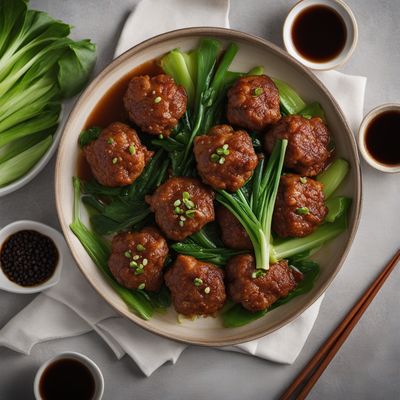
Lion's Head Meatballs
Regal Meatballs: A Majestic Delight from Chinese Cuisine

Asunción-style Pollo al Acuyo
Savory Asunción Chicken with Acuyo Leaves

Faroese-Style Katuk Soup
Oceanic Delight: Faroese-Style Katuk Soup

Peruvian-Inspired Guacamole
Andean Avocado Delight

Chiapas-style Vegetable Stew
Savory Delight: Chiapas-inspired Vegetable Stew
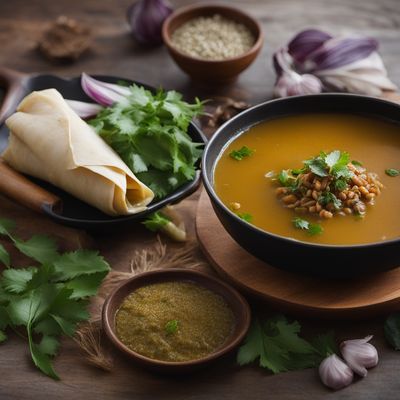
Guatemalan Chipilín Tamalitos
Savory Delights: Guatemalan Chipilín Tamalitos
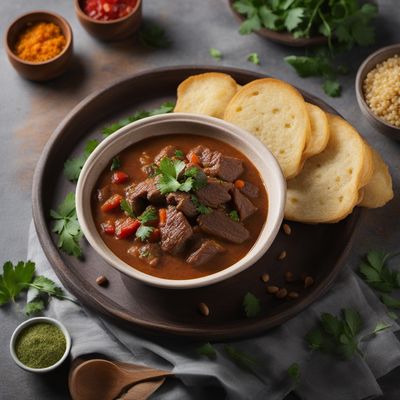
Muisca Beef Stew with Andean Flavors
Andean Delight: A Hearty Muisca Beef Stew Infused with Traditional Flavors
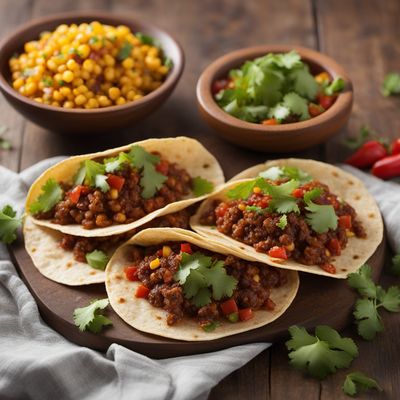
Chicatanas Tacos with Spicy Salsa
Savory Delight: Chicatanas Tacos, a Mexican Culinary Adventure

Carne Asada Tacos with a Japanese Twist
Yakiniku Tacos: Grilled Japanese-style Beef Tacos
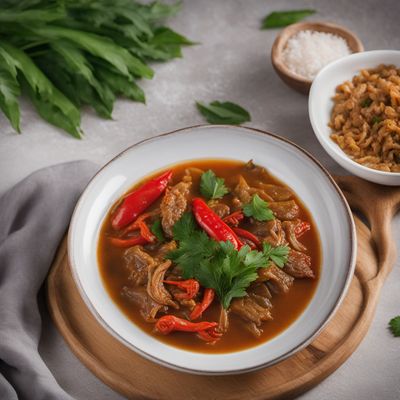
Edikaikong Soup
Savory Delight: Edikaikong Soup - A Taste of Nigerian Tradition